This pilot project, implemented by SWIA in conjunction with the State Coastal Conservancy and USFWS, consists of the addition of a thin-layer (8-10 inches) of clean dredged sediments to 10 acres of a low elevation salt marsh within the Seal Beach National Wildlife Refuge in Orange County, CA.
A pre-addition baseline analysis of the marsh has been prepared and 5 years of post-addition monitoring of the effects of sediment augmentation are underway.
At the conclusion of monitoring, a guidance document will be prepared concerning sediment augmentation as an adaptive strategy.
The monitoring data will answer the question of whether adding a thin layer of sediment to an existing, cordgrass-dominated marsh plain will improve elevations to resist sea-level rise effects and improve habitat quality for associated flower and fauna (i.e., Ridgway’s clapper rail).
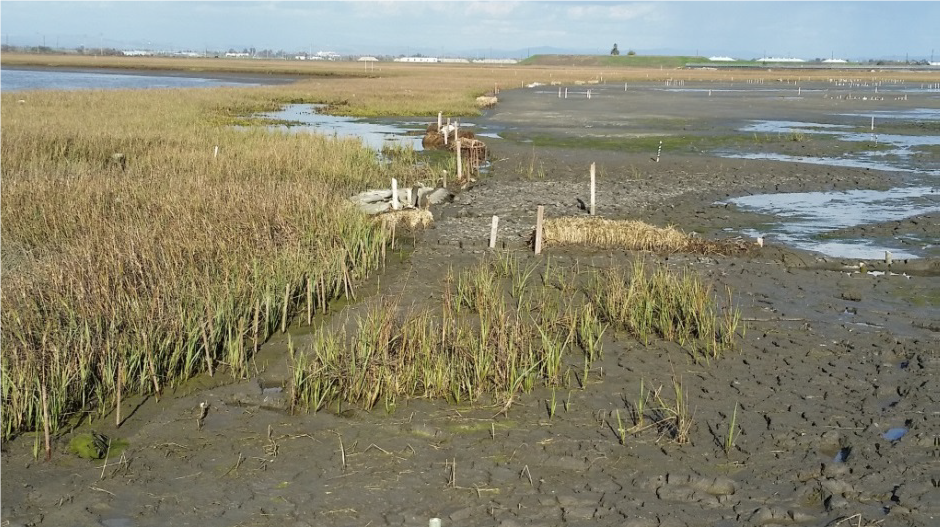
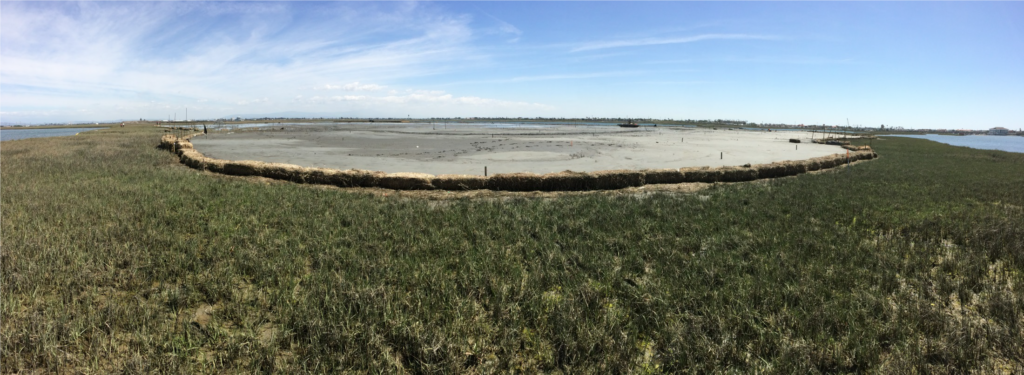
Photo: USGS/C. Freeman
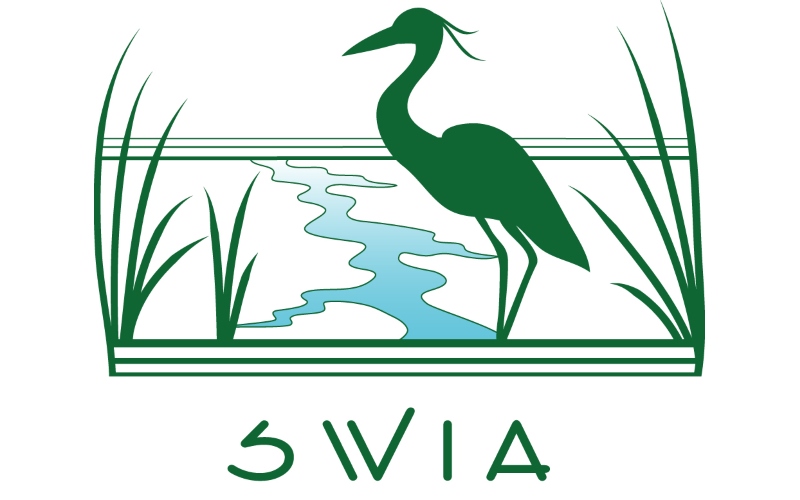
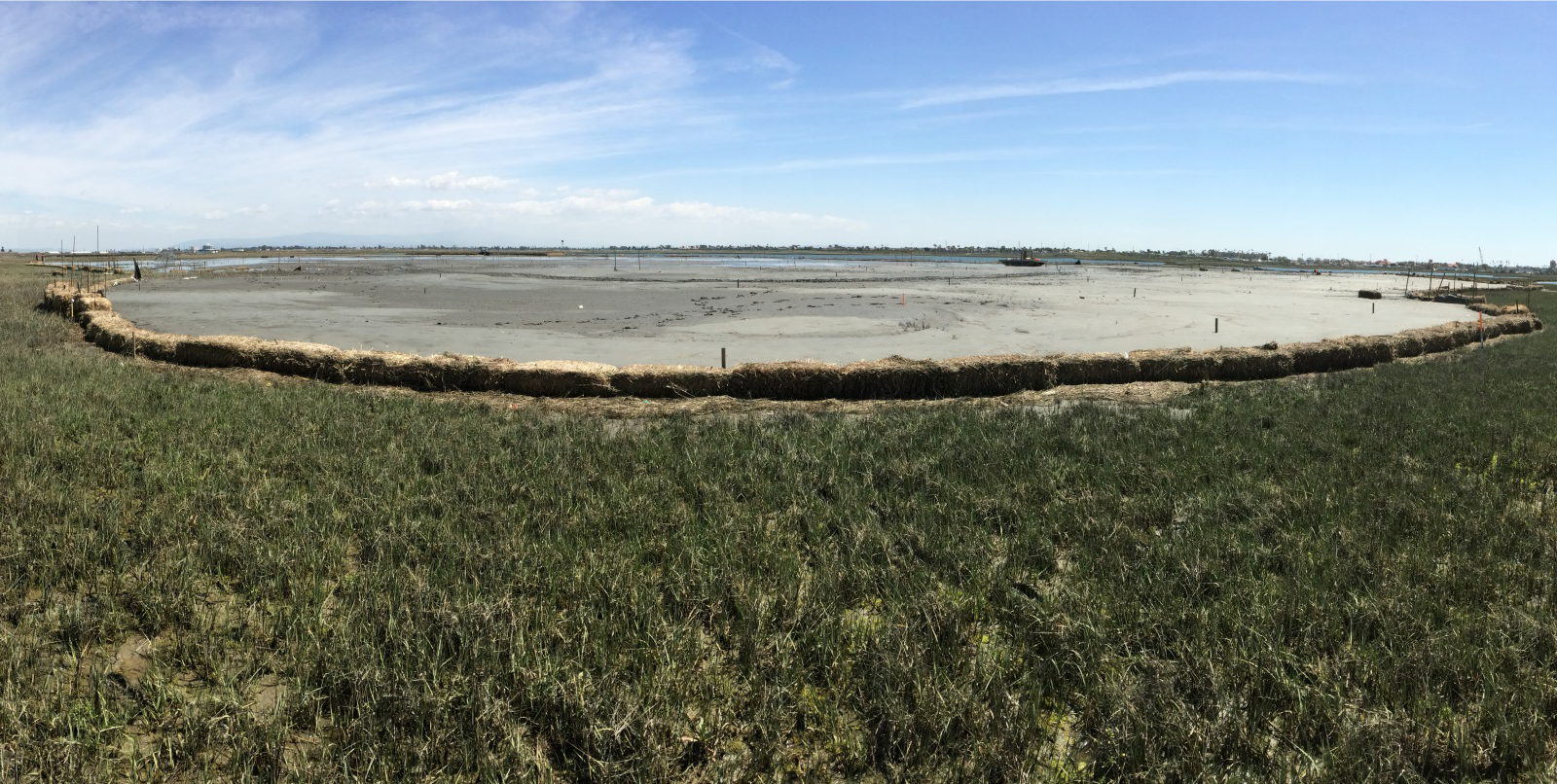
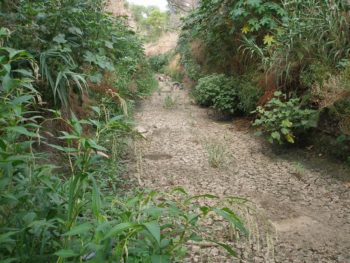
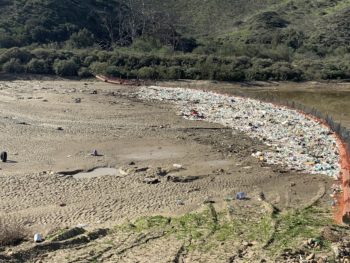
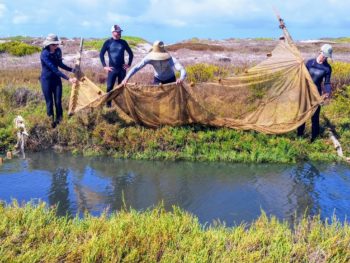
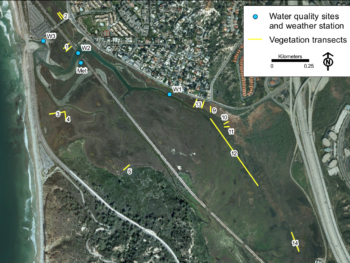
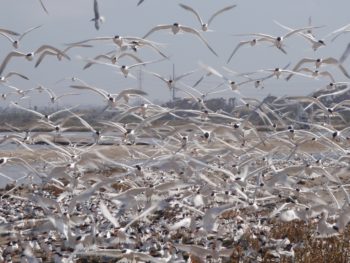
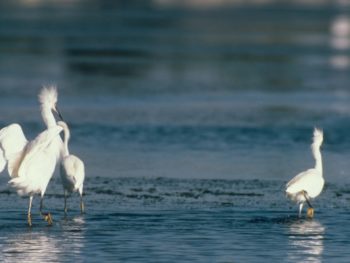
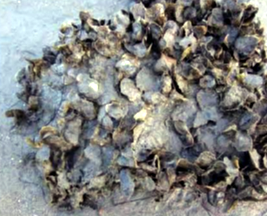
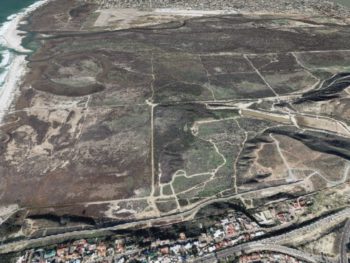
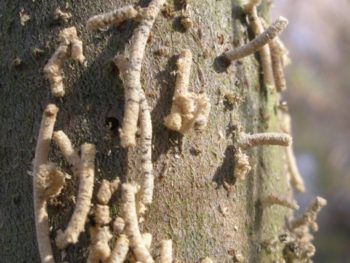
 Tijuana Estuary Tidal Restoration Program
Tijuana Estuary Tidal Restoration Program